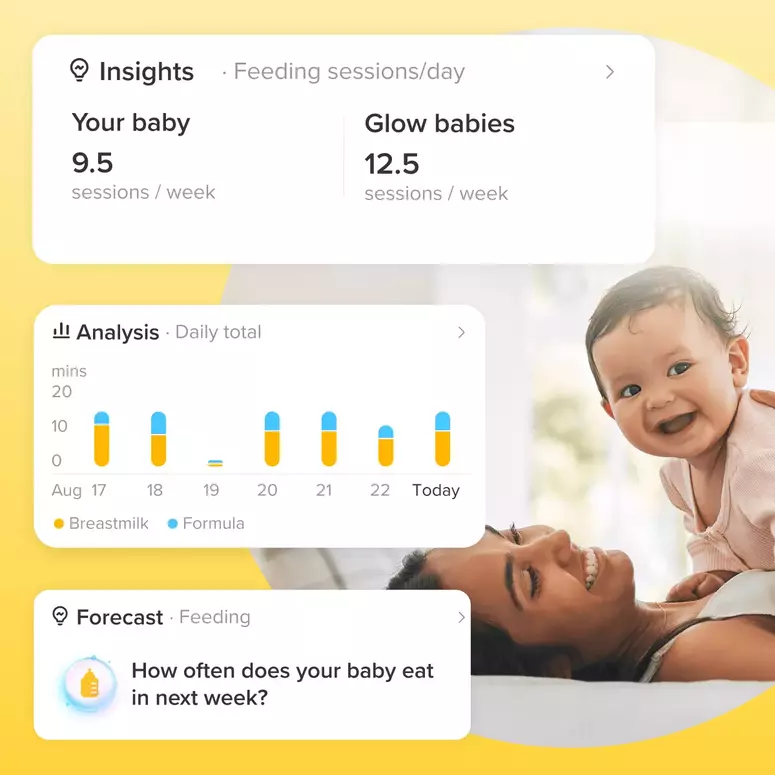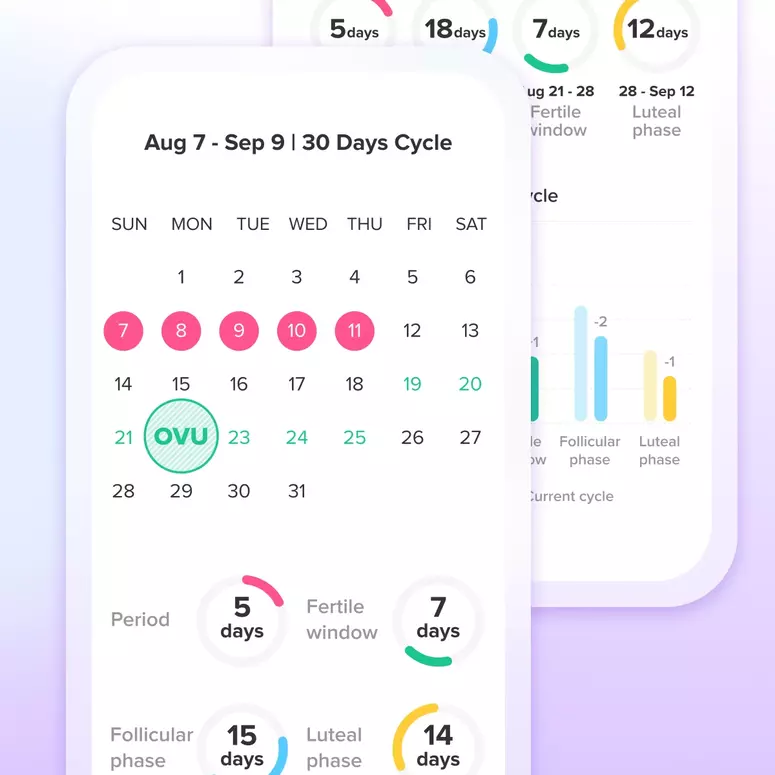
The arrival of a newborn is a whirlwind of emotions, and for many mothers, breastfeeding is a significant part of that experience. While often portrayed as natural and seamless, the first few days can be a learning curve for both mother and baby. It’s good to find out as much as you can about breastfeeding before you have your baby. It may help you feel more confident when you start breastfeeding your baby. You can find out about breastfeeding from your midwife, family and friends, and online resources (like Glow Health Library).
TABLE OF CONTENTS
- Day One: The Colostrum Connection
- Day Two & Three: Milk Transition and Increased Volume
- Day Four & Beyond: Establishing a Rhythm
- Final thoughts
Day One: The Colostrum Connection
Immediately after birth, a mother’s body produces colostrum, a thick, yellowish fluid often referred to as “liquid gold”, which is rich in antibodies and nutrients perfectly suited for a newborn’s immature digestive system.1 This substance is perfectly calibrated for a newborn’s tiny stomach, providing essential antibodies and nutrients in small, concentrated doses.2 If you plan on breastfeeding (nursing), it’s the first milk your baby will get from your breasts. If you don’t want to breastfeed or if your baby is struggling to breastfeed, you can hand express colostrum.
To maximize its benefits and stimulate milk production, frequent feedings every 1-3 hours are vital. Establishing a proper latch is a primary focus on the first day; seeking guidance from hospital staff, lactation consultants, or midwives is highly recommended to ensure a deep, comfortable latch and prevent nipple soreness. Additionally, skin-to-skin contact fosters bonding, regulates the baby’s temperature and blood sugar, and triggers the release of hormones that support milk production.
Skin-to-skin contact
Snuggling your newborn skin-to-skin right after birth is like giving them the warmest, most comforting hug! It helps them stay cozy, keeps them nice and calm, and even helps their breathing settle into a lovely rhythm. Skin-to-skin simply means holding your little one, either just in a nappy or completely undressed, directly against your bare chest, usually snuggled under your top or a blanket. This precious skin-to-skin time isn’t just about keeping baby warm; it’s a beautiful way for you both to bond. And guess what? It’s also the perfect moment for that very first breastfeed! If you need a helping hand with positioning or getting a good latch, your wonderful midwife will be right there to support you. The magic of skin-to-skin doesn’t end after those first moments. It’s fantastic anytime! Those cuddles will continue to comfort both you and your baby as you get to know each other during those first few days and weeks. Plus, it encourages your baby’s natural instincts to crawl and latch on to your breast. How amazing is that? Now, life sometimes throws us curveballs, and if skin-to-skin contact needs to be delayed for a bit – maybe your little one needs some extra care – don’t worry! You’ll still absolutely be able to bond and breastfeed your baby. If expressing milk becomes necessary in the meantime, your thoughtful midwife will show you exactly how to do it until your baby is ready to feed directly. And they’ll also make sure you get those wonderful skin-to-skin cuddles as soon as it’s possible.
Day Two & Three: Milk Transition and Increased Volume
Between the second and third day postpartum, a mother’s milk supply transitions from colostrum to mature milk, resulting in a noticeable increase in volume, often described as “milk coming in”.3
Signs that your milk is increasing may include:
- Breast fullness, swelling, heaviness, warmth, engorgement, tingling
- Leaking milk
- Change in baby’s feeding patterns and behavior at the breast
- If you’re expressing milk or leaking, you may notice the milk begin its gradual change in appearance from the thicker golden colostrum to the thinner, whiter mature milk
Simultaneously, the newborn’s appetite grows as they adapt to their surroundings, leading to more frequent and prolonged feedings. Monitoring the baby’s wet and dirty diapers serves as a reliable indicator of sufficient milk intake; by the third day, expect to see at least 3-4 wet diapers and 2-3 stools, with the stool’s color changing from dark, tarry meconium to a lighter, seedy yellow. Nipple tenderness is common during this period, and applying lanolin cream or expressed breast milk can provide relief. Ensuring a proper latch remains crucial to minimize discomfort.4
Day Four & Beyond: Establishing a Rhythm
As the fourth and fifth days arrive, mother and baby typically begin to settle into a breastfeeding rhythm, with increasing milk supply and more predictable feeding patterns.5 It’s crucial to maintain frequent, on-demand feedings, responding to the baby’s hunger cues. Experimenting with different breastfeeding positions helps find the most comfortable fit for both mother and baby. Adequate rest and hydration are essential for sustaining a healthy milk supply. If challenges arise, seeking support from lactation consultants, breastfeeding support groups, or healthcare professionals is highly recommended. Common issues such as latch difficulties, nipple soreness, engorgement, and concerns about milk supply can be addressed through professional guidance, proper latch techniques, soothing creams, warm compresses, and careful monitoring of the baby’s output.
Final thoughts
The first few days of breastfeeding can be challenging, but with patience, persistence, and support, you and your baby will establish a rewarding and nourishing breastfeeding relationship. Remember, every mother-baby pair is unique, and finding what works best for you is a process.
Article sources:
- Cleveland Clinic. Colostrum. Retrieved February 21, 2022.
- Web MD. Colostrum. Retrieved October 22, 2024
- Kelly Mom. When will my milk come in? Retrieved November 22, 2023
- Health Hub SG. Breastfeeding. Retrieved July 06, 2021
- NHS. Breastfeeding: the first few days. Retrieved February 01, 2023




